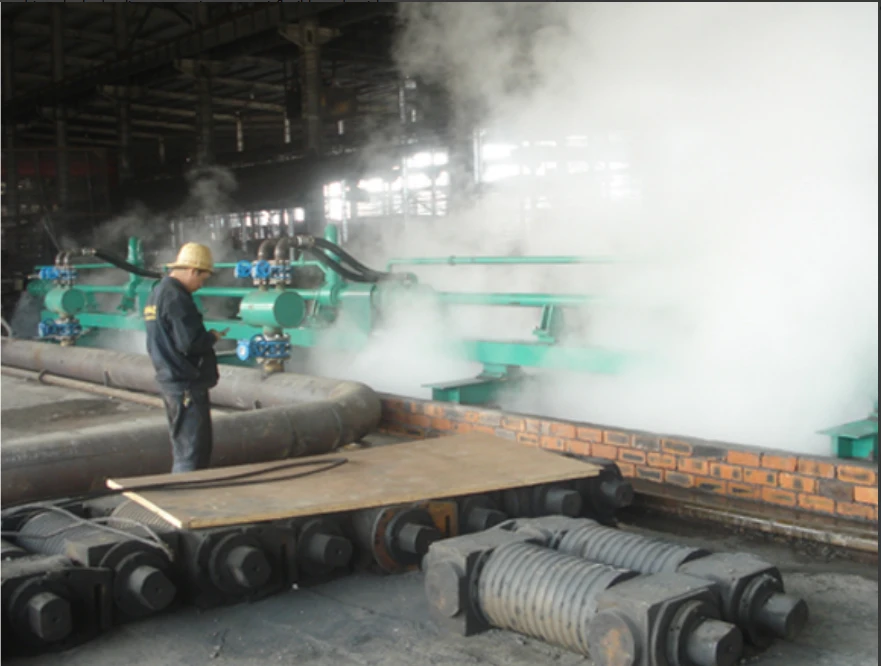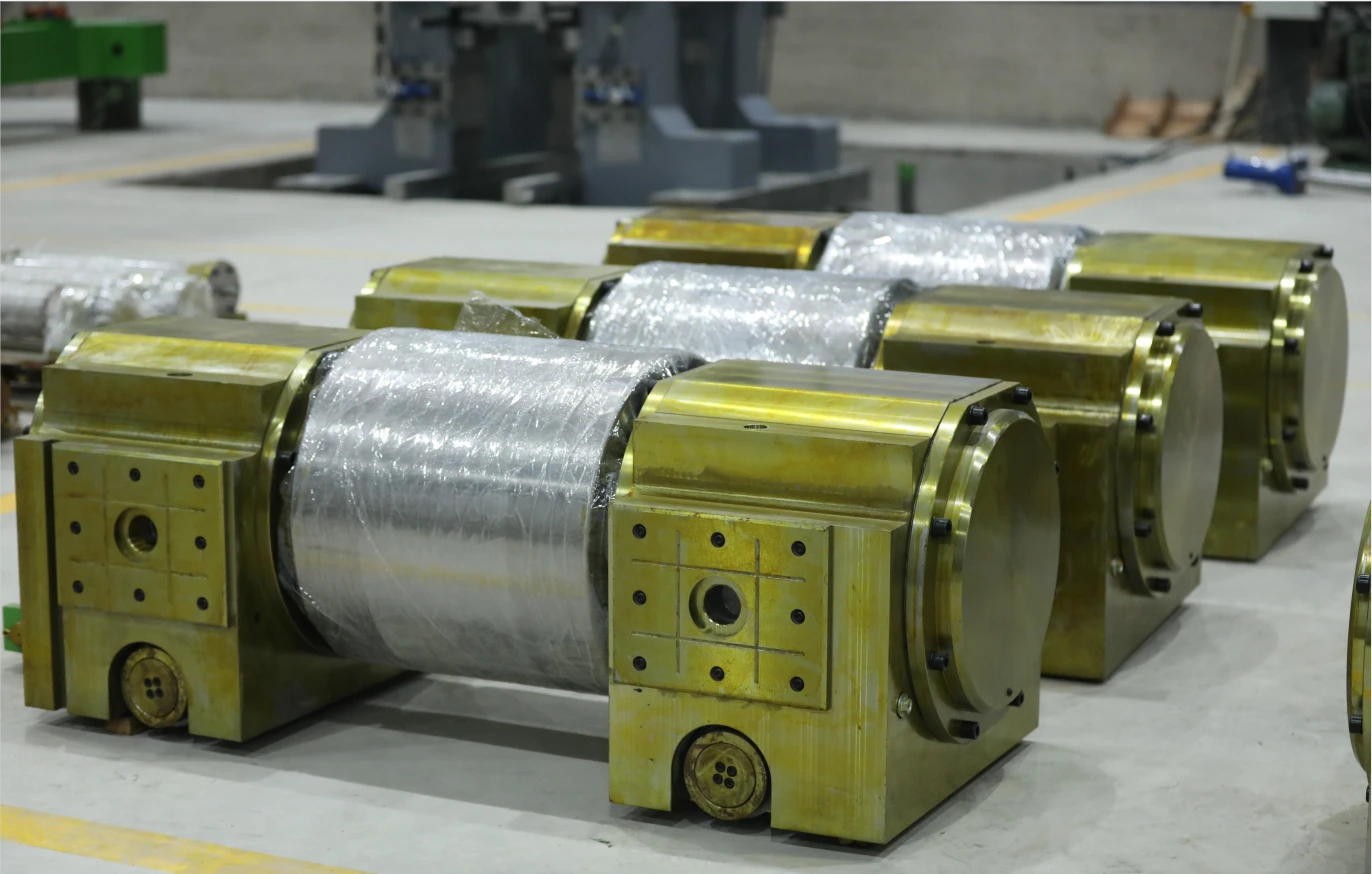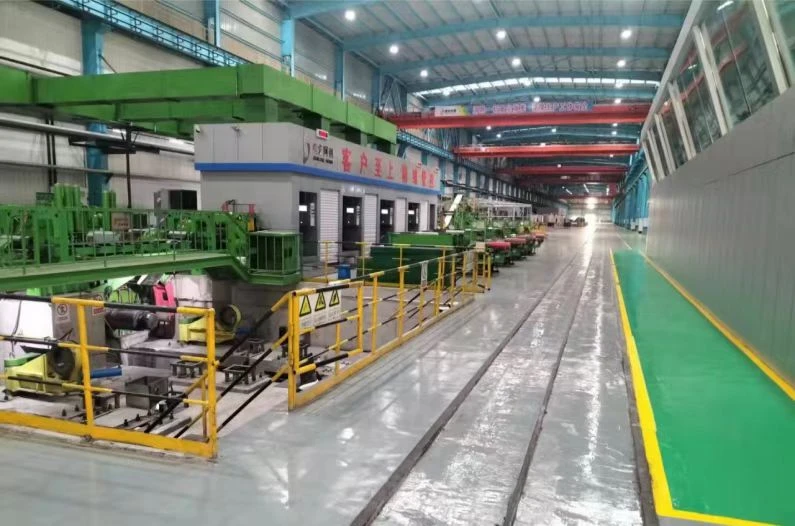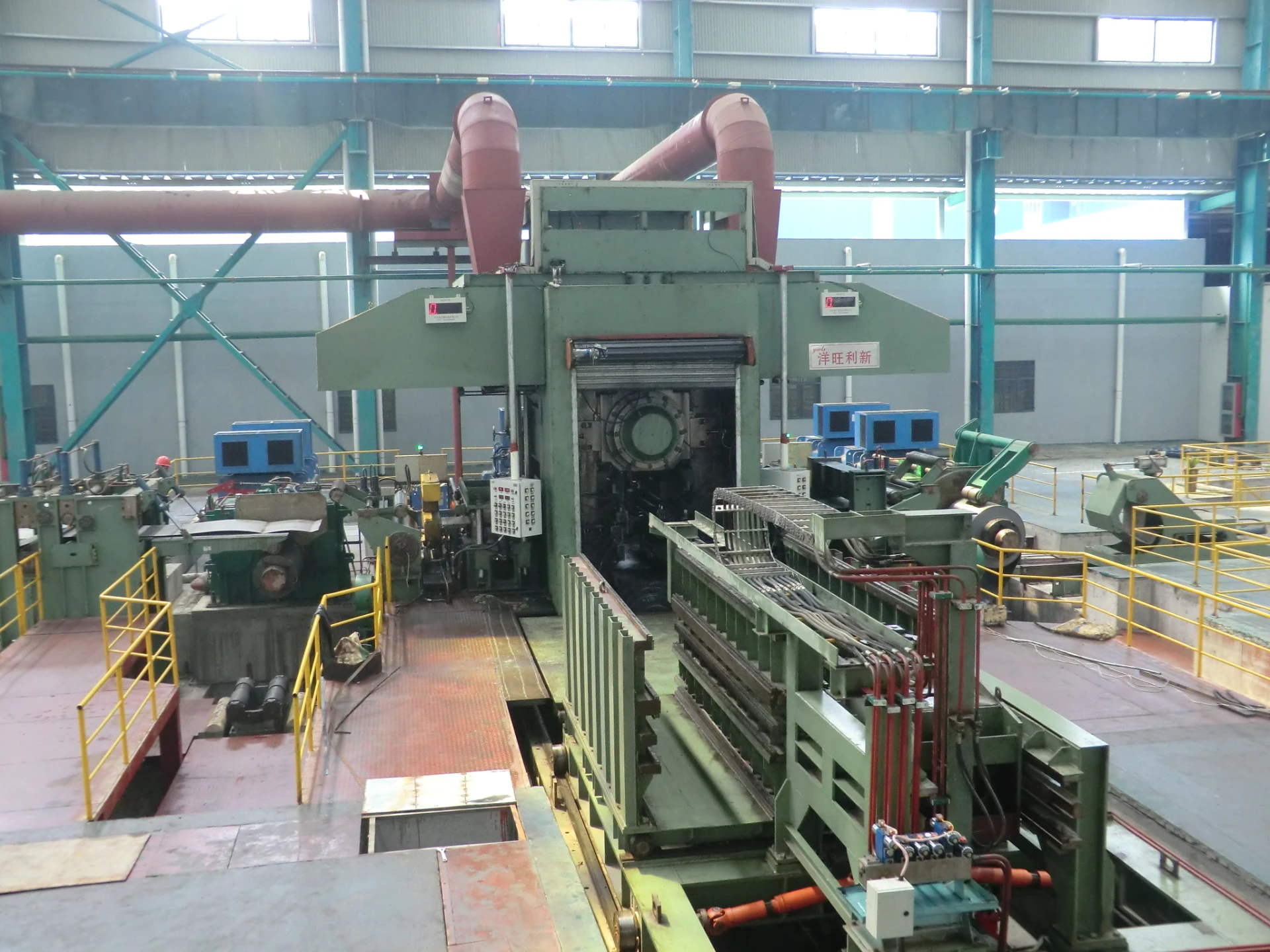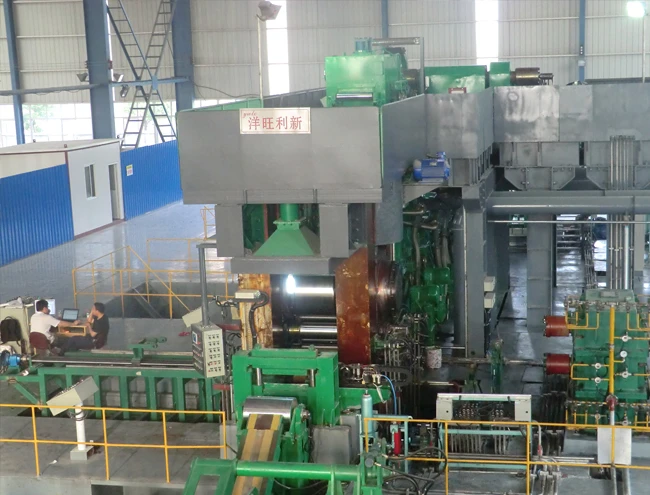
Cold Strip Mill Processing Techniques for Quality Steel Production
Cold Strip Mill An Overview of Its Importance in Metallurgical Engineering
The cold strip mill is a critical component in the metallurgical industry, primarily utilized for the production of thin steel sheets with superior surface quality, dimensional accuracy, and mechanical properties. This process is integral to various industries, including automotive, construction, and consumer goods. Understanding the function and significance of cold strip mills can shed light on their role in modern manufacturing.
What is a Cold Strip Mill?
A cold strip mill is a type of rolling mill specifically designed to process steel strips at room temperature. Unlike hot rolling, which involves deforming the metal at high temperatures, cold rolling occurs below the metal’s recrystallization temperature. This results in a finer microstructure, enhanced strength, and improved surface finish. The operations performed in cold strip mills usually involve multiple stages, including pickling, annealing, and cold rolling, culminating in a final product that is thinner and stronger than its hot-rolled counterpart.
The Cold Rolling Process
The cold rolling process begins with hot-rolled coils that undergo pickling. During pickling, the coils are washed in an acidic solution to remove any oxides or impurities from the surface. This step is essential as it ensures a clean substrate for the subsequent rolling processes, which directly affects the quality of the final product.
.
Following the rolling process, the steel strips typically undergo annealing, a heat treatment process that allows for the control of the material's mechanical properties. Annealing helps to relieve internal stresses, reduce hardness, and improve ductility, providing an optimal balance of strength and formability.
冷間ストリップミル
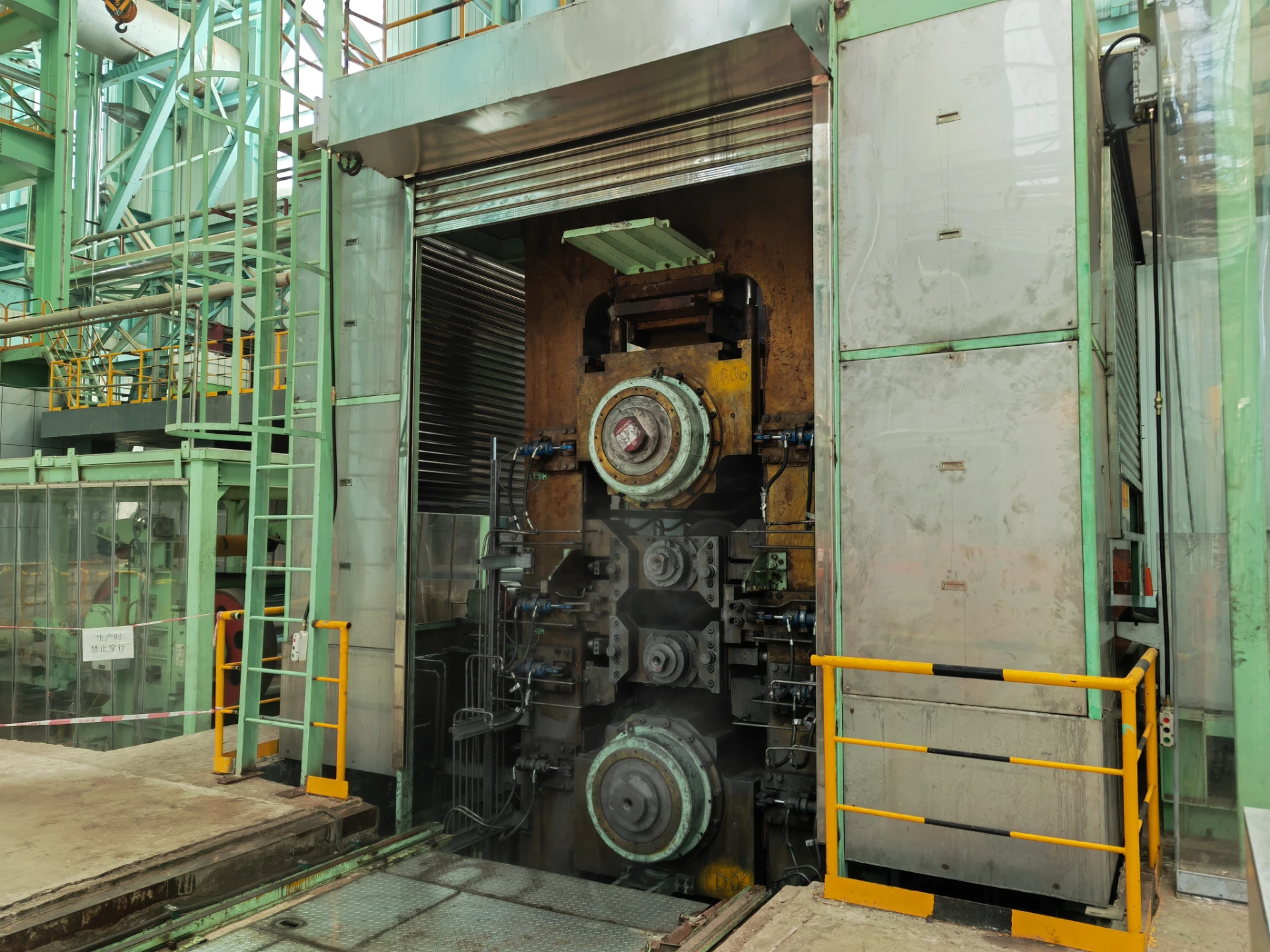
Applications of Cold Rolled Steel Strips
Cold rolled steel strips are widely used across various sectors. In the automotive industry, they serve as critical components for body panels, structural elements, and safety features. The high strength-to-weight ratio of cold rolled steel allows for the production of lighter vehicles, which in turn improves fuel efficiency and reduces emissions.
In the construction industry, cold rolled strips are employed to manufacture framing, roofing sheets, and other structural components. Their precise dimensions and high strength help ensure the longevity and safety of various structures. Additionally, these steel strips find applications in the production of appliances, furniture, and packaging materials.
Advantages of Cold Rolling
The cold strip mill process offers several advantages over traditional manufacturing methods. The most significant benefits include enhanced mechanical properties, exceptional surface finish, and tight tolerances. Cold rolling also improves the yield strength of materials, making them more resilient to wear and tear. Moreover, the energy consumption during cold rolling is generally lower compared to hot rolling, promoting a more sustainable manufacturing approach.
Conclusion
In summary, cold strip mills play a vital role in the production of high-quality steel strips that are fundamental to numerous industries. The cold rolling process enhances mechanical properties and surface finish, making the products suitable for challenging applications. As the demand for advanced materials continues to grow, the importance of cold strip mills in metallurgical engineering will only increase, highlighting the need for ongoing innovation and efficiency improvements in this essential field. Understanding the mechanics and benefits of cold strip mills is crucial for engineers and manufacturers aiming to produce high-quality steel products that meet modern standards.
-
Typical Products from Reversing Cold Rolling ProcessNewsMay.26,2025
-
Surface Finish Improvement through Skin Pass RollingNewsMay.26,2025
-
Integration of AGC Systems in Modern Cold Rolling MillsNewsMay.26,2025
-
Cold Rolling in the Context of High-Strength Steel DemandNewsMay.26,2025
-
AGC in Hot Rolling Mills: Challenges and SolutionsNewsMay.26,2025
-
Why Reversing Cold Rolling Mills Are Ideal for Specialty MetalsNewsMay.13,2025
-
The Pivotal Position of Hot Rolling Mills in the Iron and Steel Industry ChainNewsMay.13,2025



